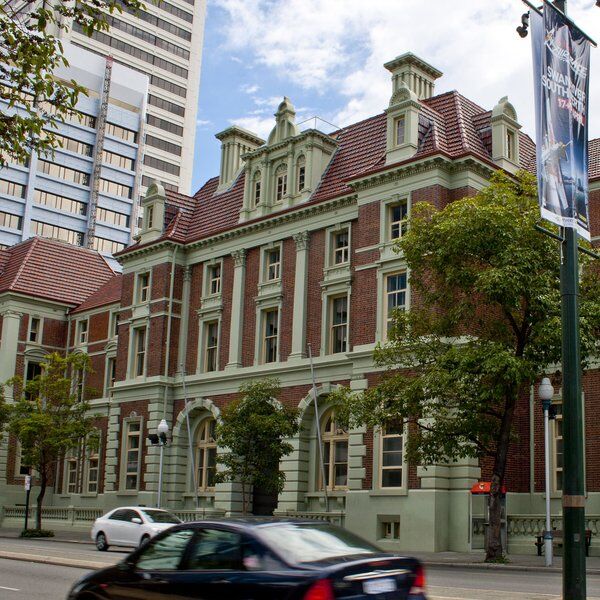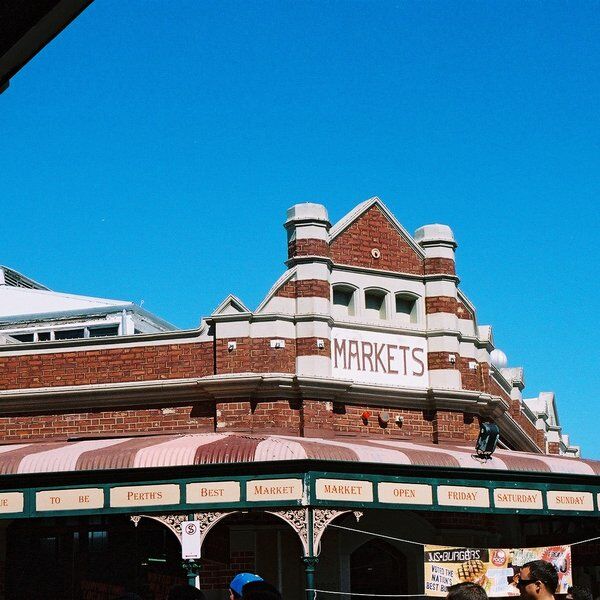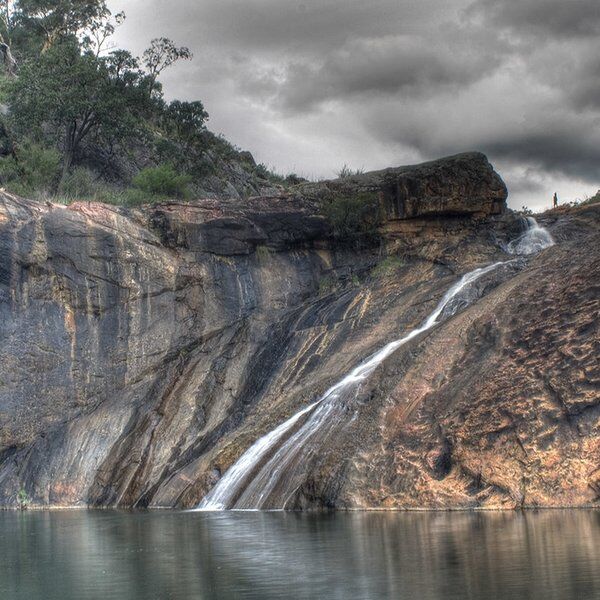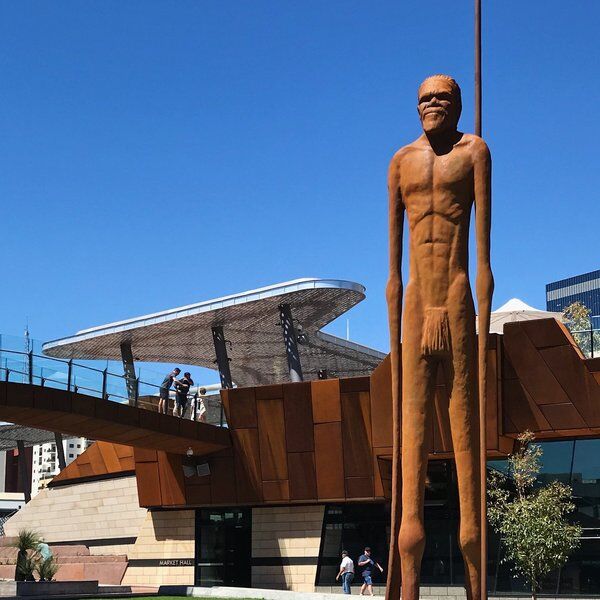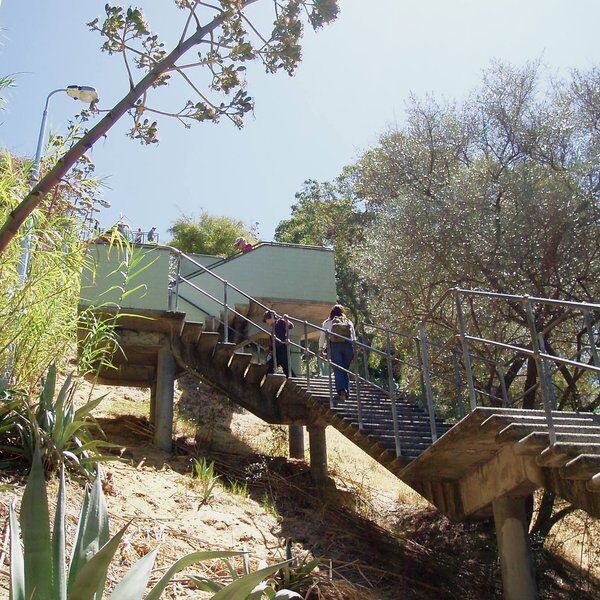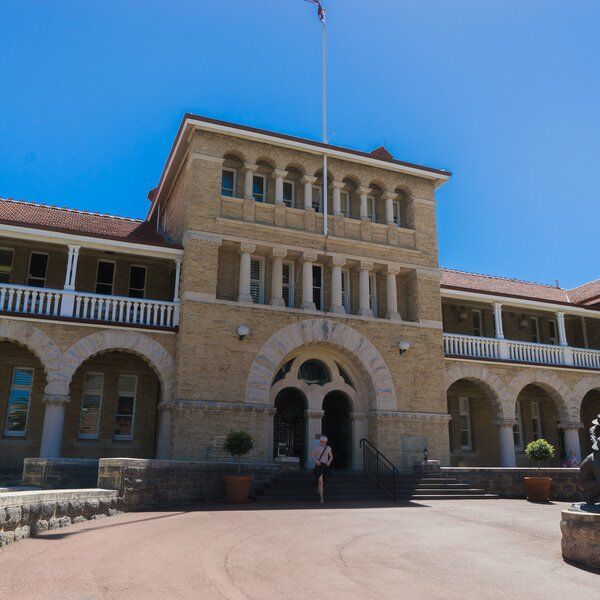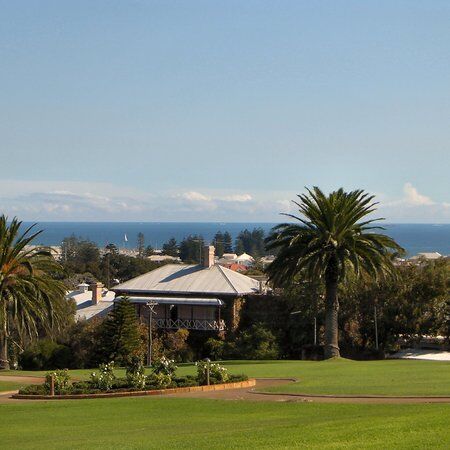
Discover the Fremantle War Memorial
The Fremantle War Memorial, perched on Monument Hill in Fremantle, Western Australia, is a site of annual commemorations held on Anzac Day (25th April) and Remembrance Day (11th November). These services honour those who served in World War I, World War II, the Korean War, the Malayan Emergency, and the Vietnam War. Designed by architects J.F. Allen and C.H. Nicholas, the memorial was constructed from Toodyay Stone and unveiled in 1928. Today, the structure is surrounded by rose gardens and lawns and offers an almost 360-degree view of Fremantle, including Fremantle Harbour and Garden Island.
Monument Hill and the Fremantle War Memorial
Rising 43 metres above sea level, Monument Hill is the highest natural point between the Indian Ocean and the Darling Ranges, making it one of the best vantage points in Fremantle. The strategic nature of Monument Hill was recognised in 1874, when an obelisk was constructed on top. This led to the area being known as "Obelisk Hill," a name that persisted until the obelisk's demolition in the 1920s to make way for the construction of the Fremantle War Memorial. Following the Western Australian gold rushes in the 1890s, shanty towns, or "canvas towns," appeared on the outskirts of Fremantle, including on Monument Hill.
Transformation into a Public Park
On 20th July 1904, the area was officially designated as a public park under the name Obelisk Reserve. The town engineer of Fremantle initiated quarrying of the limestone outcrops, and the stone was used by local companies, including Fremantle Tramways. Between 1904 and 1910, extensive landscaping was carried out in the new park to transform the formerly rugged area into an inviting and accessible public park. The work included planting trees, creating footpaths, installing drinking fountains, and placing fixed jarrah seats.
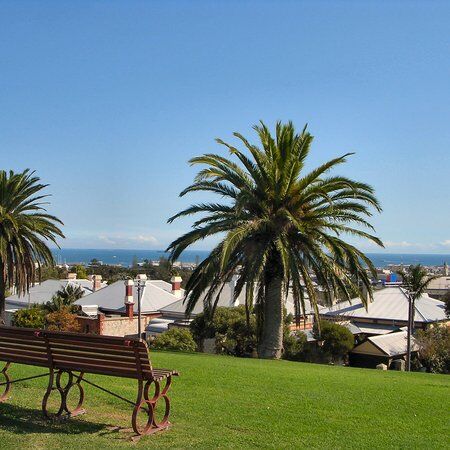
Establishing the Fremantle War Memorial
The drive to establish the Fremantle War Memorial began in 1921 when the Fremantle Town Council formed a memorial committee, led by the Mayor of Fremantle, Frank Ernest Gibson, and federal member William Watson, to honour the men who enlisted from the port city. Initial plans proposed a 65-foot obelisk costing between £4,000 and £5,000. Fundraising efforts, including flower shows, button days, and the sale of local produce, began on Anzac Day 1922, raising £1,600 by October of that year.
However, there were a lot of challenges to the memorial’s creation especially after revised estimates were made for the memorial’s cost, in 1924. The new prices ranged between £6,450 and £11,700 instead. To save money, the architect made adjustments to the design, including substituting concrete for steel and leaving out certain features.
Today, the land on which The Fremantle War Memorial sits, is designated as a Class-A reserve under the Land Administration Act 1997. Known as the "Monument Hill Memorial Reserve," the site was listed on the Register of Historic Places on 28th August 2001.

Features of the Fremantle War Memorial
Fremantle War Memorial’s main structure is a large obelisk known as the Fallen Soldiers' and Sailors' Memorial. But this main memorial also has several interesting features and eight surrounding memorials, each commemorating different conflicts.
Firstly, it features a 21-inch-diameter mounted torpedo, dedicated to the memory of United States Navy submariners who lost their lives during WWII. This was unveiled by Rear Admiral Herman J. Kossler on 8th September 1967.
The memorial's second, interesting feature is a time capsule concealed within the monument during its unveiling. This element reminds people of the power of the past, and its ability to inform the present and shape the future.
"At the going down of the sun and in the morning, we will remember them."
Another unique design feature of the memorial is its alignment with the sun. At dawn, the year 1914 is illuminated on the memorial, and at sunset, the year 1919 is illuminated, alluding to the Ode of Remembrance.
Who does the Fremantle War Memorial Commemorate?
The Fremantle War Memorial was officially unveiled on Anzac Day, 25th April 1928. Its location was carefully chosen for its amazing view, which made it an ideal site for such a significant monument. The memorial was initially designed to commemorate soldiers who fought and died during WWI. However, over the years its purpose altered to encompass various military personnel and battles.
Plans for memorial gates to honour those who fought in WWII were proposed in 1948. Work on these gates began in 1952, featuring two grey granite entrance pillars adorned with cast bronze panels and ornamental work. Although initially planned for completion by Anzac Day 1952, the gates were not fully opened until Anzac Day 1963. On 8th September 1967, a mounted 21-inch-diameter torpedo dedicated to the memory of United States Navy submariners who perished at sea during WWII was unveiled by Rear Admiral Herman J. Kossler.

In a further tribute, a memorial dedicated to the Allied submarine crews based in Fremantle during World War II was unveiled by Sir Douglas Kendrew, the Governor of Western Australia, on Trafalgar Day, 21st October 1972. This memorial incorporated a periscope from HM Submarine Tabard.
In total, the following additions have been made over the years:
- Memorial gates honouring World War II veterans, completed in 1963.
- A torpedo memorial for USN submariners, unveiled in 1967.
- A memorial for Allied submarine crews, incorporating a periscope from HM Submarine Tabard, unveiled in 1972.
- Plaques commemorating those who served in Malaya, Korea, Borneo, and Vietnam, unveiled in 1975.
- A memorial for Royal Australian Navy corvette personnel, unveiled in 1984.
- A plaque by the Netherlands Ex-Servicemen's Association of Australia, unveiled in 1991.
- A ship's anchor memorial for Royal Navy personnel, unveiled in 1994.
- Additional plaques for the Australian Merchant Navy and the Royal Marines, unveiled in 1995 and 1996 respectively.
The Fremantle War Memorial Wardens
The Fremantle Remembrance Day Service remains an important event, where everyone is invited to join in honouring the fallen and supporting those who still serve. Since its inception, the occasion has been overseen by a team of dedicated wardens. Captain Angela Bond, RAN, took up this role five years ago, continuing a tradition that began in 1931. As a veteran and former Commanding Officer of HMAS Stirling, Captain Bond plays a crucial role in organising and advising on the memorial services throughout the year.
Captain Bond emphasises the importance of these services in reflecting on the courage and dedication of service members who have defended Australia's freedom. She highlights the partnerships between the City of Fremantle, local RSL Sub Branch, and veteran organisations in planning these events, which also act as a reminder of the ongoing sacrifices made by military personnel today.

Visiting the Fremantle War Memorial
Located on High Street near the centre of Fremantle, just a 30-minute drive from Perth city, the Fremantle War Memorial is accessible via public transport. Monument Hill is a short 20-minute walk from the Fremantle train station, with several bus routes also servicing the area. As a public reserve since the early 19th century, Monument Hill has long been a place of gathering and remembrance for the community; the Fremantle War Memorial continues this tradition. Visitors are encouraged to take their time exploring the memorial and its surroundings, reflecting on the sacrifices that are honoured by this historical monument.

Interested in finding more places like this? Try one of our CityDays Urban Exploration Games- untangle cryptic clues as a team, as you are taken on a journey to the most unique, unusual and bizarre corners of Perth and beyond!
Want to discover more interesting sites around the world? Check out our articles on Sydney's Maroubra Beach, Vancouver's Cypress Mountains, and NYC's Greenpoint Terminal Market.






